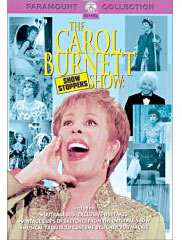
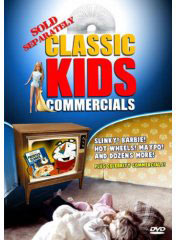
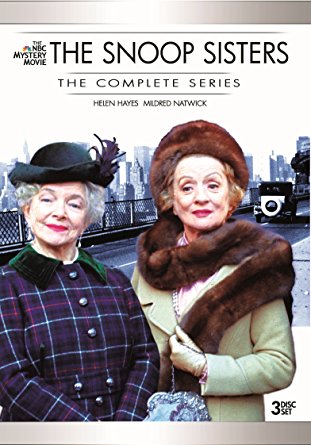

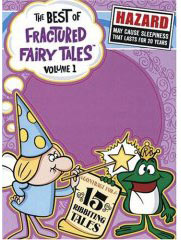
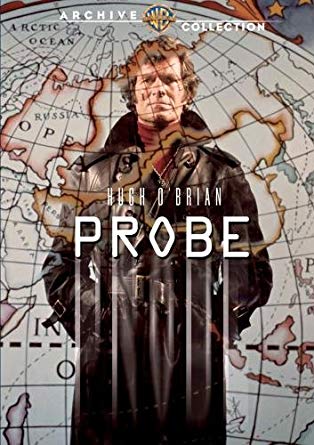
 |
 |

|
 |
 |
 |
|
|
KTLA Channel 5 in Los Angeles broadcast one of the first really big events on TV - blurry coverage of the first post-war atomic bomb explosions. The bomb was a new, fearful force to be reckoned with now that our enemies had it, so the first broadcast was somber in tone. Subsequent airings heightened the drama with the kind of energetic commentary you would expect from a horse race. Before long, stations all over the country carried the radioactive fireball tests live from the desert - and nations all over the world knew we meant business. Professional (read: theatrical) Wrestling was the first sport to become popular on TV because it was cheap to stage and relatively easy to shoot. With those old heavy-duty cameras tied to inch-thick cables, you needed a spectacle that was confined to a small area. Wrestling and boxing were naturals.
It wasn't long before the sight of fat old men throwing each other around the ring wasn't thrills enough. So wrestling's mechanical counterpart Destruction Derby (also known as 'Demolition Derby') was born. Cars that would be considered valuable classics today (but were junkers then) are slammed into each other with reckless abandon on a dirt racetrack. Fires and explosions are staged to make sure Charlie Sixpack got his money's worth out of a Sunday afternoon in front of the tube. Those old Chryslers and Plymouths could really take a beating - this show wouldn't make it to the first commercial break with today's cars!
In an attempt to turn the whole thing into a 'real' sport, Motopolo was created - dune buggies equipped with roll cages and crash-padded drivers compete on a football field, moving a five-foot round ball towards the goal. Looks like it would be fun to play, but not very much fun to watch for a half an hour. Think soccer with whiplash, as cars roll and bounce around field with someone actually keeping score.
Rollerderby was another popular sport on TV in the Sixties that became even more popular in the Seventies. A dozen women race around a oval track on rollerskates, bashing and smashing each other in an attempt to - I forget what, they were just going around in circles kicking the hell out of each other as far as I could tell. Sometime during the 'game' it becomes imperative to get the whole team skating together in a line so that they can slingshot one of their members around the track like a missile. An elbow to the chest, and women go careening over the rails and into the studio audience. Several teams are still competing today in San Franscisco, where they are reviving old teams like 'The Bay City Bombers' and TNN will begin new broadcasts under the name 'Roller Jam'.
'GLOW' was 'Rollerderby' meets pro-wrestling, where 'athletes' like Debbie Debutante, Suzie Spirit and Jungle Woman fought mano a mano to a cheezy 80's synth soundtrack. This was one of the most sexist (and most popular) programs in syndication for a while.
|

TV
on DVD
|
 |
 |

|
 |
 |
 |
|